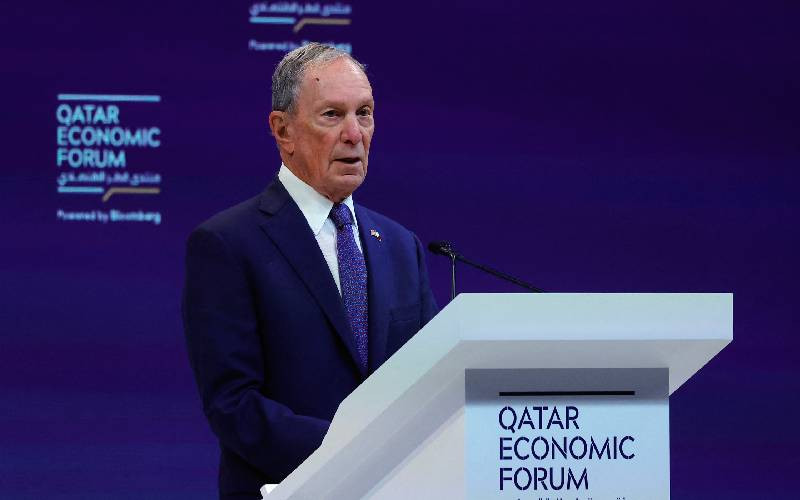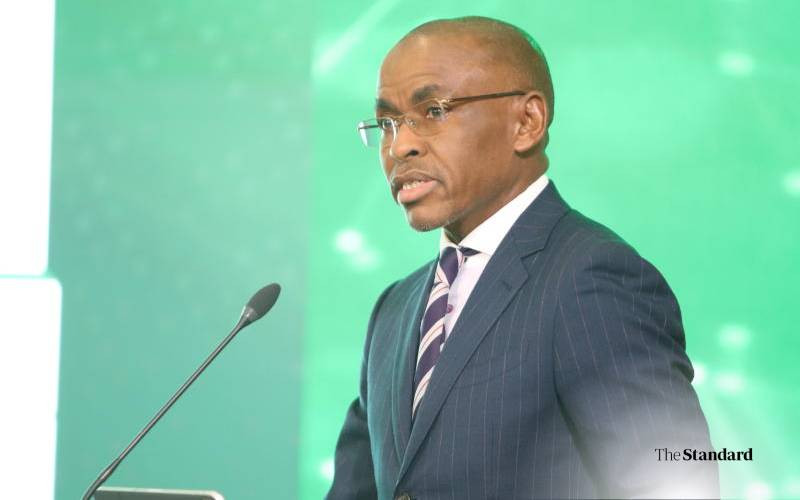Speaking on Monday, at the high-level opening of the 78th World Health Assembly in Geneva, Mr Ghebreyesus said the organisation is taking measures to curtail spending in key areas, including travel, procurement, recruitment, and early retirement.
He noted that this is necessary to protect the organisation’s financial health.
“We are facing a salary gap for the next biennium of more than $500 million,” he said.
“The Secretariat has taken a range of measures to curtail costs in travel, procurement, recruitment, early retirement and more. These measures have helped to narrow the gap, but still, there is no alternative but to reduce the size of our workforce.”
The World Health Assembly is WHO’s highest decision-making body and is attended by delegates from all member states. This year’s assembly is themed “One World for Health.”
Budget increase
Mr Ghebreyesus noted that while the first phase of a previously approved budget increase helped avoid a deeper financial crisis, saving the organisation around $300 million, it is still insufficient to close the funding gap.
“This week, I ask you to approve the next increase, to make another step towards securing the long-term financial sustainability and independence of your WHO,” he said.
Article Page with Financial Support Promotion “Already, the first increase has made a huge difference. If it had not happened, our current financial situation would be much worse – $300 million worse.”
He explained that the organisation is carefully reducing its workforce to protect the quality of its work and position it to emerge stronger and more independent.
“We are doing this reduction carefully, to protect the quality of our work, and ensure that we are positioned to emerge from this crisis stronger, more empowered and more independent.
“As you know, we have been engaging in a major structural realignment, guided by an in-depth analysis of priorities, deliberate and conscious,” he emphasised.
Reduction of the management team
The WHO boss noted that the prioritisation exercise has informed the development of a new streamlined structure for headquarters, which reduces the executive management team from 14 to seven, and the number of departments from 76 to 34.

“Some Member States called the new structure ‘lean and mean’. I think it’s more focused, and it could be more impactful as well.
“Last week, I announced our new executive management team, and in the coming weeks, we will decide which directors will lead which departments,” he said.
“This was an extremely difficult decision for me, as it is for every manager in our organisation who is having to decide who stays, and who goes.”
He acknowledged the emotional and professional toll of the restructuring decisions on managers and thanked the outgoing executive management team members.
“Let’s be clear: a reduced workforce means a reduced scope of work. The Organisation simply cannot do everything Member States have asked it to do with the resources available,” he warned.
Mr Ghebreyesus said the WHO is now proposing a reduced programme budget of $4.2 billion for the 2026 to 2027 biennium, a 21 per cent cut from the original $5.3 billion budget proposal.
“Assuming you approve the increase in assessed contributions, and thanks to the Investment Round, we are confident that we have already secured more than $2.6 billion, or 60 per cent of the funding for the next biennium,” he said.
“That leaves an anticipated budget gap of more than $1.7 billion. We know that in the current landscape, mobilising that sum will be a challenge.”













